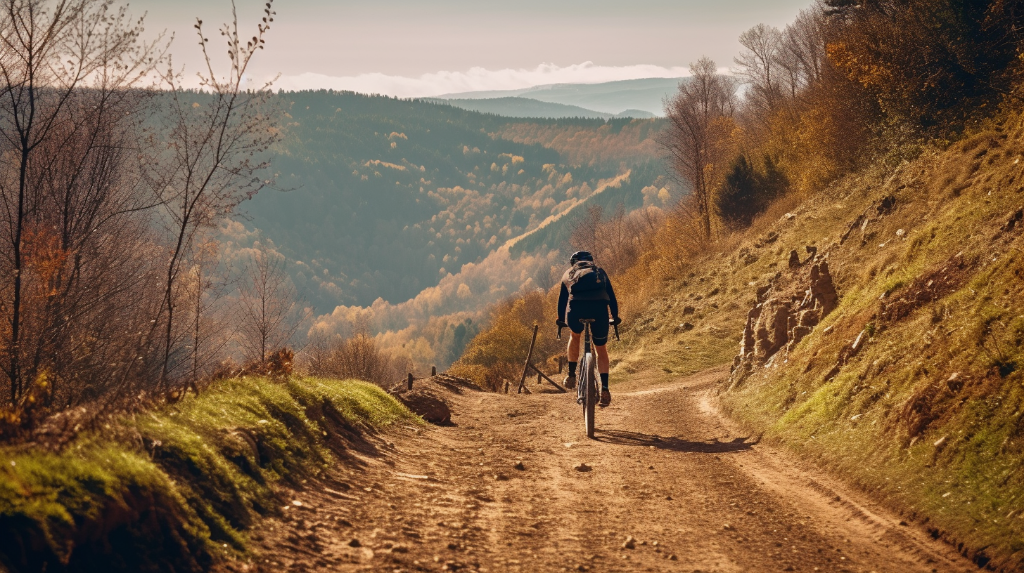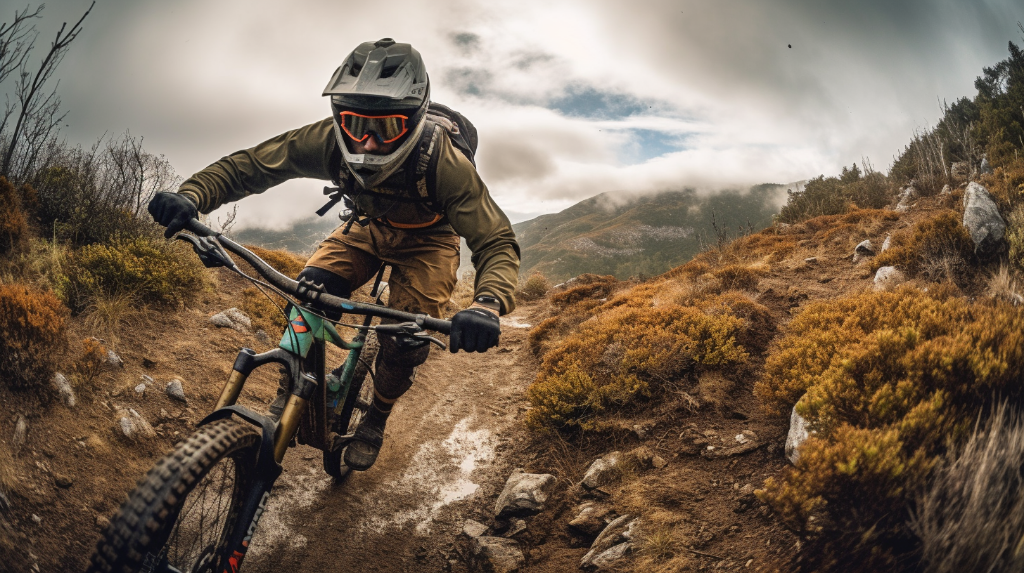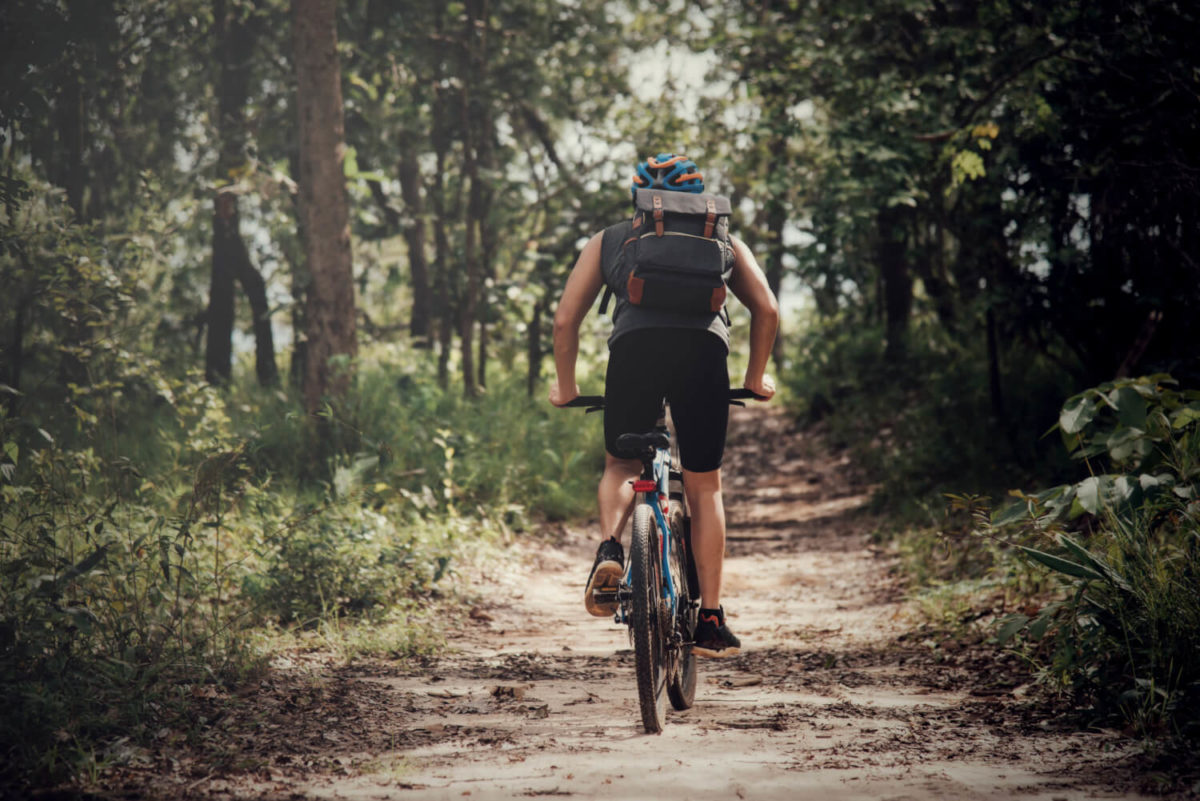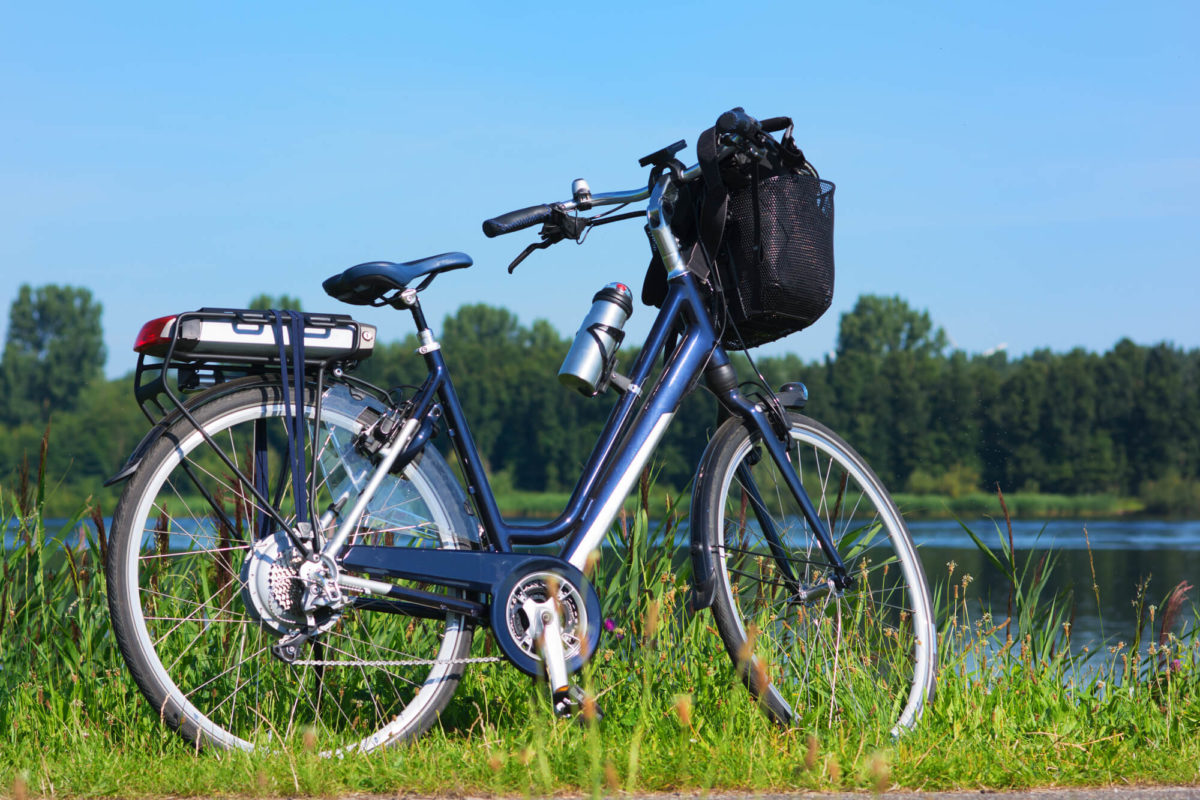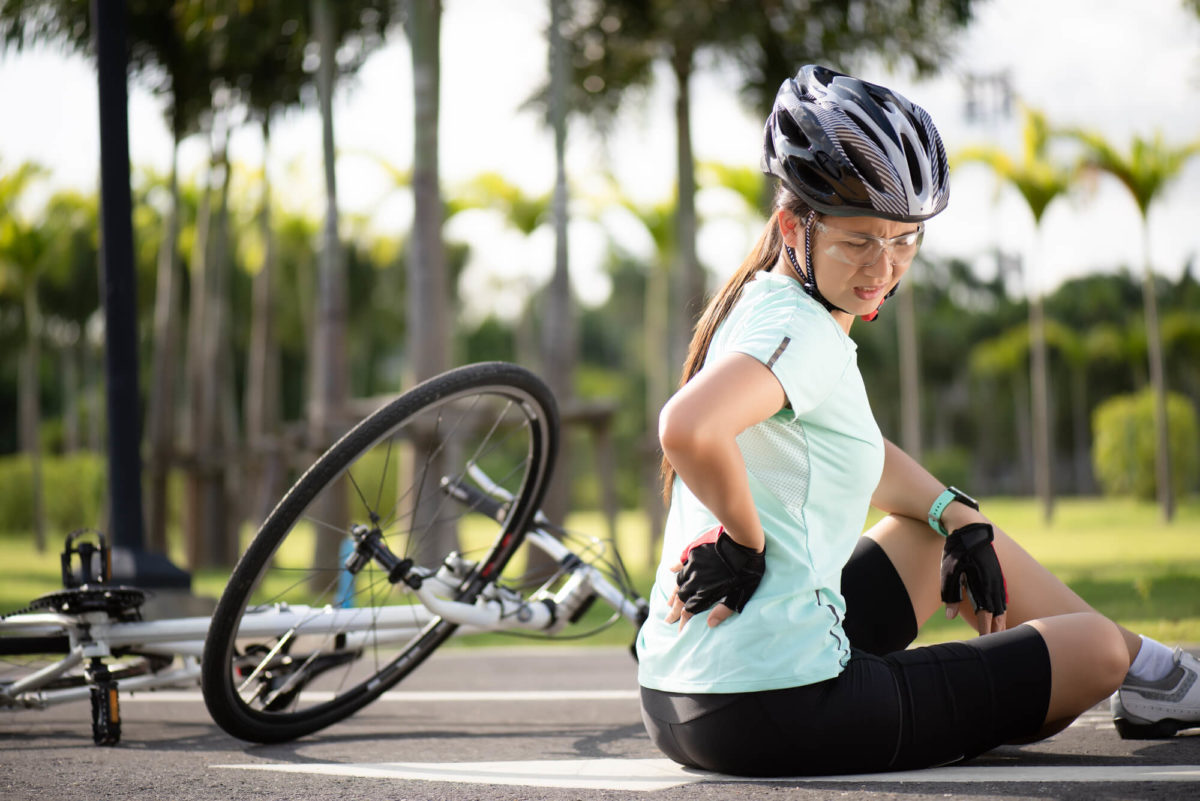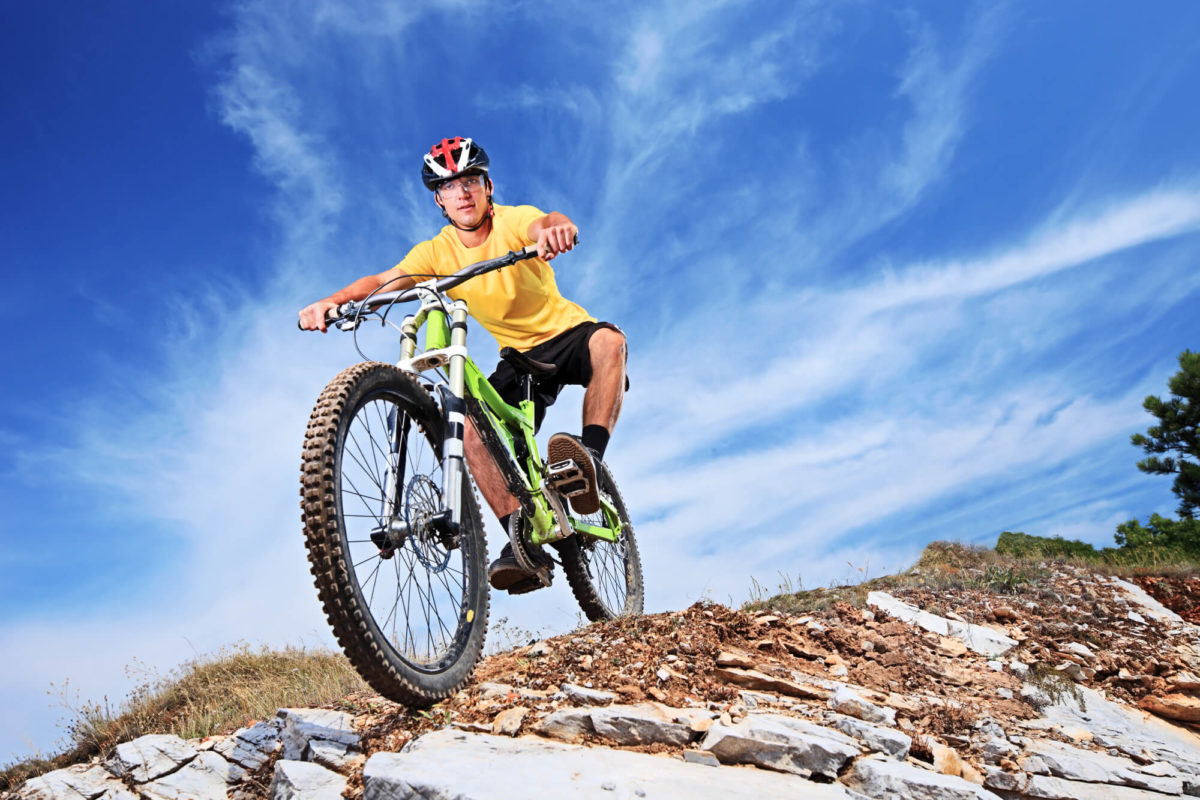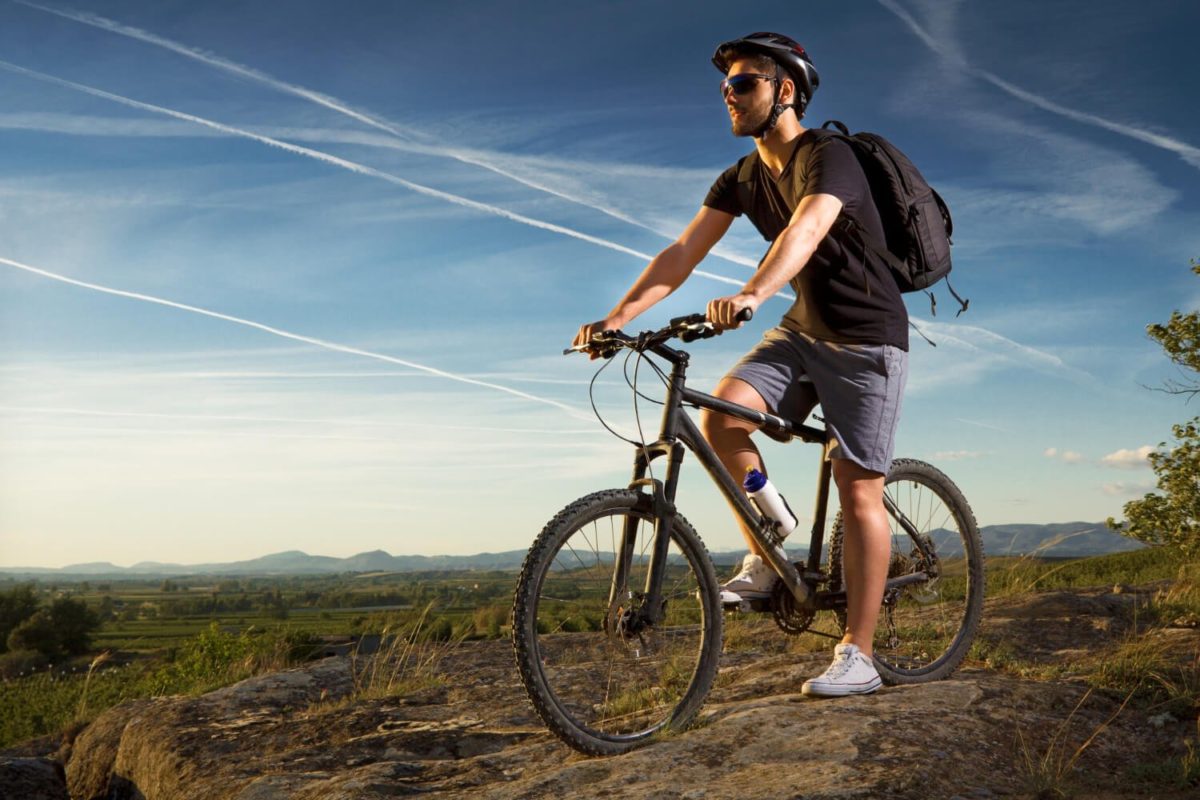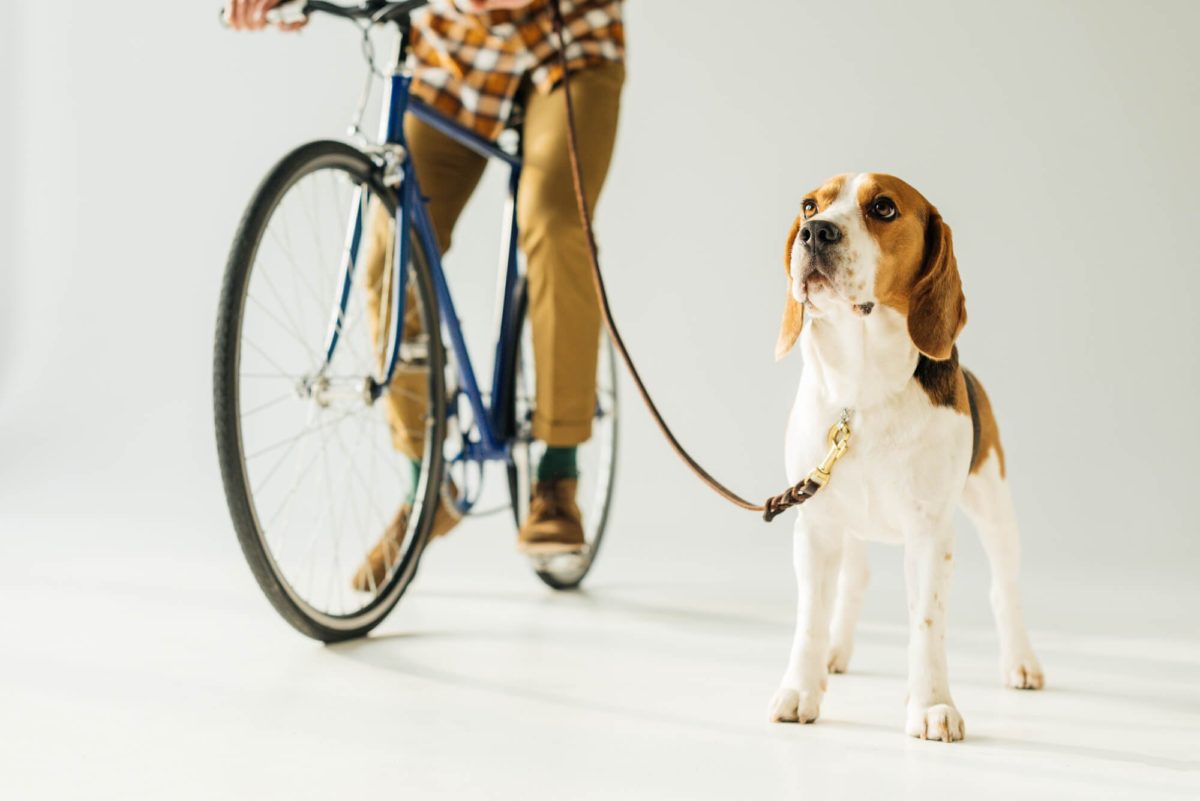Biking Uphill Techniques: Mastering the Climb
Have you ever found yourself gasping for breath and struggling to keep the pedals moving while cycling uphill? If you have, you’re not alone. Biking uphill is often seen as a daunting task, but it doesn’t have to be. With the right techniques and strategies, you can transform this challenge into an enjoyable experience. This post is dedicated to all the novice cyclists and biking hobbyists out there who are looking to improve their uphill biking game. Let’s dive right in and start mastering the climb!
Understanding the Basics of Biking Uphill
Before we get into the nitty-gritty of uphill biking techniques, it’s important to understand why biking uphill feels so hard. Several factors come into play here – gravity, friction, the weight of your bike, and most importantly, your own weight. Picture yourself fighting against these forces as you pedal uphill. Sounds tough, right? But don’t worry! With a solid understanding of the mechanics of biking uphill, you can learn to use these forces to your advantage rather than letting them hinder your progress.
The Importance of the Right Gear
Ever tried to pedal uphill in high gear? If yes, you’d know it’s comparable to attempting to move a mountain! On steep inclines, using low gears makes pedaling significantly easier. But why is that? Well, it’s all about the transfer of power. In low gear, each pedal stroke gives you less distance, but you use less energy, which is crucial when biking uphill. So next time you’re faced with a steep climb, remember to shift down to a lower gear—it’s a game-changer!
Essential Uphill Biking Techniques
So, you’re all geared up and ready for the climb, but do you know the techniques to make your uphill biking easier and more efficient? There are several methods that you can use, each with its own benefits and usage scenarios. Let’s dive right into them, shall we?
Seated Climbing
Seated climbing is exactly what it sounds like — you remain seated on your bike. This technique is beneficial as it conserves your energy and allows for steady, consistent pedaling. It’s ideal for long, gradual ascents where you aim to maintain a consistent speed and rhythm. How do you do it? It’s all about finding a comfortable position on your saddle, keeping your upper body relaxed, and focusing on a smooth and steady pedal stroke.
Standing Climbing
Then there’s standing climbing, where you rise from your seat and pedal while standing. This technique allows for more power but can be more tiring. It’s best used for short, steep climbs where you need to generate extra power to overcome the gradient. When standing, remember to shift your weight forward to maintain traction on the rear wheel and use your body weight to help drive the pedals down.
Attack Position
Lastly, we have the attack position. This is a more aggressive biking stance used when you need to conquer a challenging section of the climb. In this position, you lean forward and stand on the pedals, but without fully extending your legs. This posture allows for quick, powerful bursts of speed. Remember, this technique is not for prolonged use as it can quickly drain your energy.
Now, you might be thinking, “How do I remember all these techniques?” Well, worry not! Here’s a simple list that summarizes these three techniques and their uses.
- Seated Climbing: Best for long, gradual ascents. Conserves energy, allows for steady, consistent pedaling.
- Standing Climbing: Ideal for short, steep climbs. Allows for more power but can be tiring.
- Attack Position: Used for challenging sections of the climb. Allows for quick, powerful bursts of speed but can quickly drain energy.
Remember, it’s all about choosing the right technique for the right situation. So, next time you’re faced with an uphill climb, why not give these techniques a shot?
The Role of Stamina and Fitness in Uphill Biking
Have you ever wondered why some cyclists seem to breeze up hills while others struggle? The answer often comes down to stamina and physical fitness. It’s no secret that biking uphill can be strenuous, especially if you’re not used to it. The steeper the hill, the harder your muscles have to work. And let’s not forget about the toll it takes on your cardiovascular system.
But don’t let that intimidate you! Improving your physical condition can significantly make uphill biking less strenuous. Endurance exercises, for example, can help you build stamina over time. Similarly, strength training can improve your muscle power, enabling you to pedal harder and faster. By improving your fitness level, you’re not only making the climb less difficult but also more enjoyable. Isn’t it exciting to think about how much more you could achieve with a bit more training?
Training Regimen for Uphill Biking
Now, you might be wondering, “What kind of training should I do to improve my uphill biking?” We’re glad you asked! Whether you’re a novice cyclist or a biking enthusiast looking to challenge yourself, we have a simple yet effective training regimen for you.
This regimen focuses on both stamina and strength training, providing a balanced approach to fitness. Remember, consistency is key. While you may not see immediate results, sticking to the regimen will gradually improve your performance and make uphill biking a breeze. Ready to get started?
| Exercises | Frequency | Duration |
|---|---|---|
| Endurance Cycling | 3-4 times a week | 30-60 minutes |
| Strength Training (Legs and Core) | 2-3 times a week | 20-30 minutes |
| High Intensity Interval Training (HIIT) | 1-2 times a week | 15-20 minutes |
| Stretching and Flexibility | Daily | 10-15 minutes |
Remember, it’s crucial to listen to your body and adjust the regimen as needed. And don’t forget to warm up before each session and cool down afterward. With dedication and consistency, you’ll be conquering hills in no time!
Tips on Maintaining a Steady Pace
Ever wondered how seasoned cyclists effortlessly conquer those steep hills? The secret lies in maintaining a steady pace. It’s not just about speed; it’s about controlling your heart rate, monitoring your breathing, and using your gears effectively. Let’s dive into these aspects.
Controlling your heart rate is crucial. Remember, the goal is to maintain a pace that allows you to climb without exhausting yourself halfway up. Keep a close eye on your heart rate, and adjust your pace accordingly. A heart rate monitor can be an invaluable tool in this regard.
Monitoring your breathing is another essential aspect. Breathing too fast can lead to hyperventilation, while breathing too slow might not provide your muscles with the necessary oxygen. Try to maintain a steady, rhythmic breathing pattern.
Lastly, using your gears effectively can significantly ease your uphill biking experience. Lower gears are generally better for uphill climbs as they make pedaling easier, letting you maintain a constant and efficient pace.
Common Mistakes to Avoid
Climbing those daunting hills might seem intimidating at first, but avoiding some common mistakes can make the task much easier. So, what are these mistakes, and how can you avoid them?
- Not using gears properly: As mentioned earlier, using lower gears can make pedaling uphill easier. If you’re struggling with your climb, check your gear setting.
- Incorrect body posture: Leaning too far forward can put unnecessary strain on your arms and shoulders. Try to maintain a balanced body posture.
- Overexertion: Remember, the goal is not to reach the top as quickly as possible, but to do so without exhausting yourself. Maintain a steady pace, and take breaks if necessary.
Wrapping Up: Every Climb Makes You Stronger
Uphill biking is indeed a challenge, but remember – every climb makes you stronger. With the right techniques and regular practice, you can turn this challenge into a rewarding experience.
The importance of correct techniques cannot be overstated. From understanding the basics of biking uphill to mastering advanced techniques, everything plays a role in your uphill biking journey. But it’s not just about techniques and strategies. Your physical fitness and stamina also play a crucial role.
So, are you ready to conquer those hills? Remember, it’s not just about reaching the top – it’s about enjoying the journey and seeing every climb as an opportunity for growth and improvement. Happy biking!
